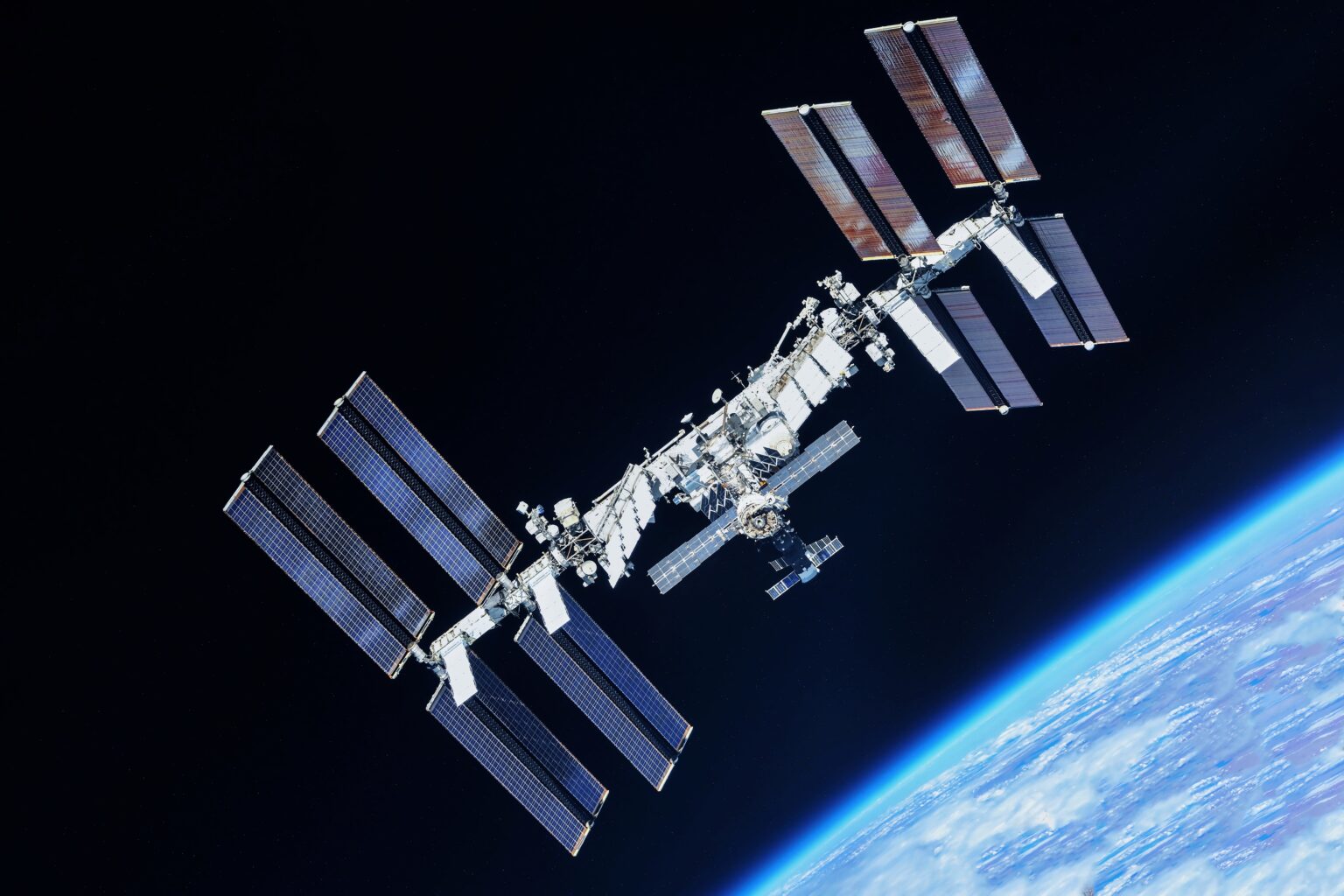Smooth Launch from Baikonur to Orbit
A new chapter in international space exploration began Tuesday as a three-member crew, composed of one American astronaut and two Russian cosmonauts, arrived safely at the International Space Station (ISS). The team launched aboard the Soyuz MS-27 spacecraft from the Russia-leased Baikonur Cosmodrome in Kazakhstan. The Soyuz booster rocket lifted off precisely on schedule, propelling the capsule into low Earth orbit in a mission that proceeded without complications.
The journey from launch pad to orbit was completed in a matter of minutes, followed by a rapid three-hour transit to the space station. Upon arrival, the spacecraft docked smoothly with the ISS, a maneuver completed with technical precision. This mission underscores the ongoing reliability of the Soyuz system, which continues to play a vital role in human spaceflight logistics.
The latest launch further cements Baikonur’s central role in international space collaboration. Though it has served as Russia’s primary launch facility since the Soviet era, Baikonur has grown into a symbol of multinational partnership in modern spaceflight.
Diverse Crew Begins Eight-Month Mission
The newly arrived crew includes NASA astronaut Jonny Kim and Russian cosmonauts Sergey Ryzhikov and Alexey Zubritsky. The trio is set to remain aboard the station for approximately eight months, during which time they will conduct a wide array of research and support operational functions critical to long-duration space habitation.
Jonny Kim, a first-time space traveler, brings a particularly notable résumé. Born in Los Angeles, Kim is a U.S. Navy lieutenant commander, a naval aviator, and a trained flight surgeon. His career has spanned both military aviation and medicine, and he was selected as a NASA astronaut in 2017. Kim’s assignment includes scientific investigations and technology demonstrations aimed at supporting future human space missions to the Moon, Mars, and beyond.
Sergey Ryzhikov is no stranger to the ISS. A veteran cosmonaut, he previously flew to the space station in 2016 and brings essential experience in orbital operations. Joining them is Alexey Zubritsky, making his first journey into space. The balance of veteran insight and fresh energy is expected to serve the team well throughout their extended mission.
Expanding the Station’s International Crew
With the arrival of the Soyuz MS-27, the total number of crew members aboard the ISS has grown to ten. Kim, Ryzhikov, and Zubritsky join a highly diverse and international team currently aboard the orbiting laboratory. This includes NASA astronauts Don Pettit, Anne McClain, and Nichole Ayers; Japanese astronaut Takuya Onishi, representing the Japan Aerospace Exploration Agency (JAXA); and Russian cosmonauts Alexey Ovchinin, Ivan Vagner, and Kirill Peskov.
Together, this multinational crew will oversee a demanding schedule of scientific experiments, station maintenance, and international outreach. Research areas include biology, materials science, space medicine, and Earth observation. These studies are designed to advance space travel capabilities while also offering benefits to life on Earth, from medical breakthroughs to climate monitoring.
The growing diversity of space station crews reflects the global nature of space exploration. As more countries invest in space programs, partnerships like those aboard the ISS demonstrate how cooperation can lead to mutual scientific and technological progress.
Space Collaboration Amid Global Tensions
The successful joint mission stands out as an example of enduring collaboration between the United States and Russia, even amid broader political tensions on Earth. While diplomatic relations between the two nations have grown increasingly strained in recent years, their space agencies—NASA and Roscosmos—continue to work together in the interest of science and exploration.
The Soyuz spacecraft has long been a lifeline to the space station, particularly during times when the U.S. lacked a domestic crew transport system. Even with the development of commercial alternatives such as SpaceX’s Crew Dragon, NASA maintains a seat-sharing agreement with Roscosmos to ensure redundancy and stability in ISS operations.
By sharing rides, research goals, and responsibilities, NASA and Roscosmos continue to highlight the role of space as a domain where collaboration transcends politics. This mission, like many before it, is a powerful reminder that humanity’s greatest leaps often come from working together, regardless of borders.
As the crew settles into their new environment, the world watches once again as a symbol of international unity orbits silently above, carrying with it the hopes of scientific progress and peaceful cooperation.



